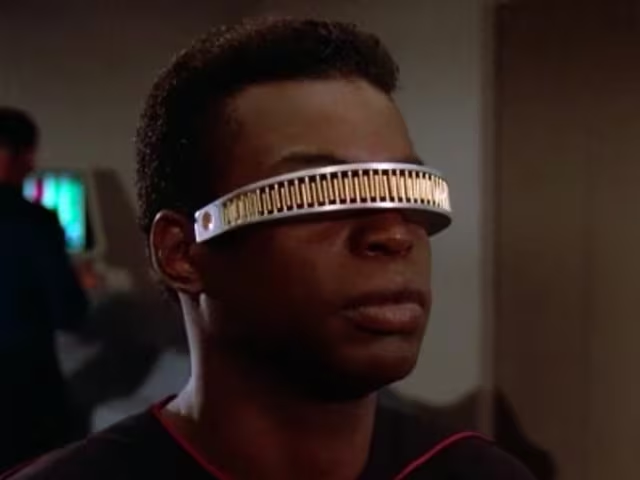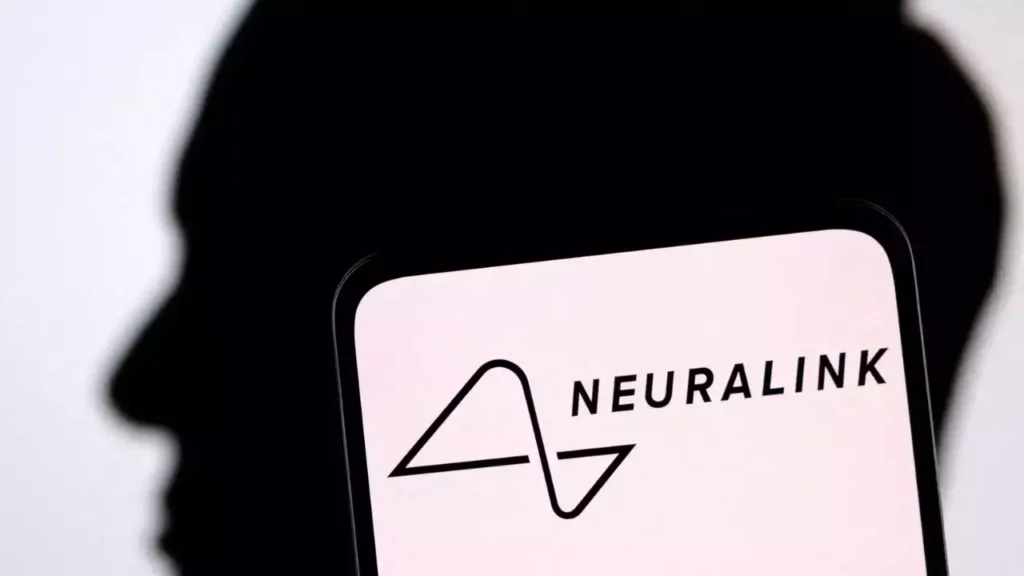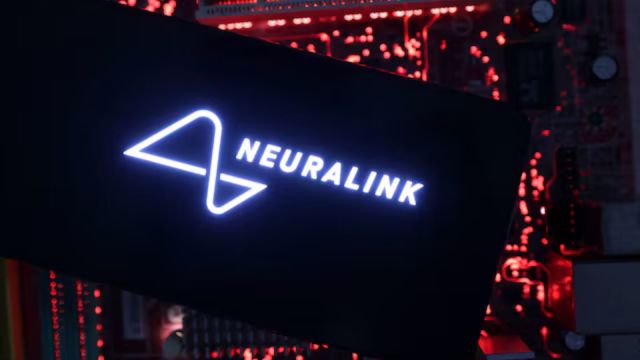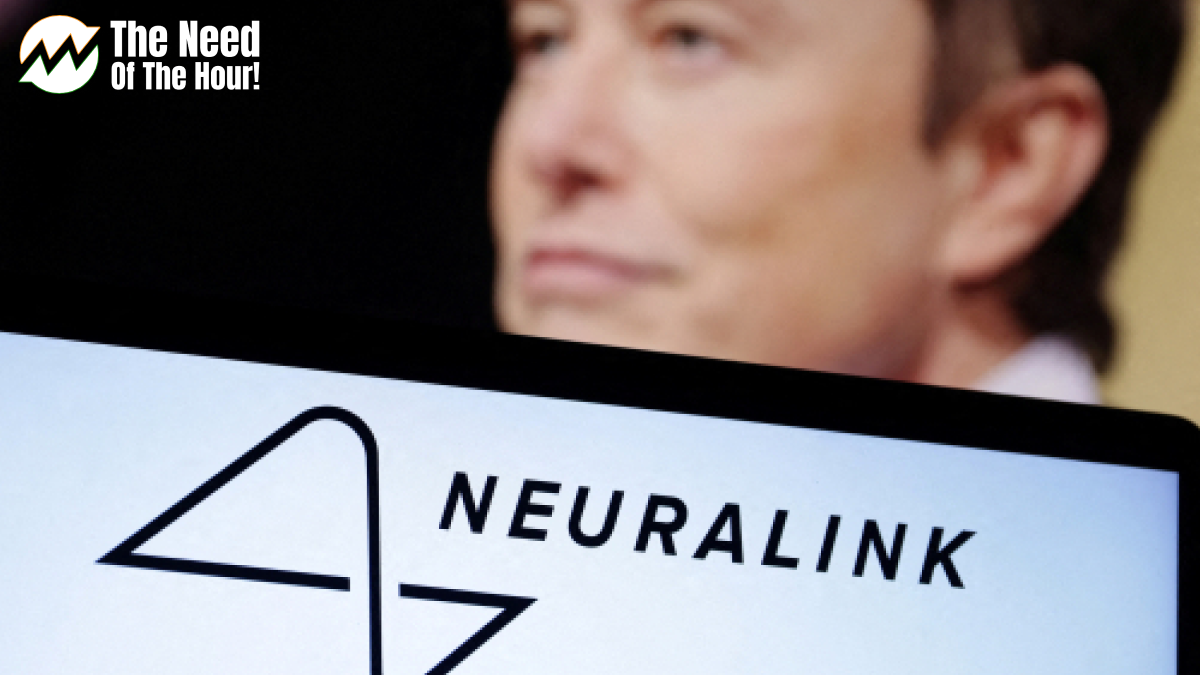The neurotechnology company Neuralink, founded by Elon Musk, recently achieved a significant milestone. The FDA has awarded Breakthrough Device status to the company’s ‘Blindsight’ implant. This acknowledgment shows that Neuralink’s brain-machine interface (BMI) technology could be a game-changer for people with neurological disorders.
Table of Contents
What is the ‘Blindsight’ Implant?
The ‘Blindsight’ implant is a device designed for individuals who are partially sighted or blind, aiming to provide some form of vision by directly interfacing with the brain. This device is part of Neuralink’s broader ambition to develop advanced BMIs that can help treat conditions ranging from paralysis to neurodegenerative diseases.

The technology involves placing minimally invasive, flexible wires into the brain to record and stimulate brain tissue. These threads are connected to a small, implantable device that wirelessly transmits neural data. With ‘Blindsight,’ the goal is to link the damaged areas of the brain responsible for vision to the intact visual cortex, potentially restoring sight to those who have lost it.
FDA’s Breakthrough Device Designation
Neuralink has achieved a significant milestone by securing the FDA’s Breakthrough Device designation. This program is designed to fast-track the approval of medical devices that show potential for better treatment or diagnosis of life-threatening or irreversibly debilitating diseases or conditions. This designation provides Neuralink with enhanced engagement with the FDA during the development process, as well as priority review once the device is ready for market approval.
Read this also: SpaceX Achieves a Historic Milestone with Polaris Dawn Mission on September 10, 2024
By listing the ‘Blindsight’ implant under this designation, the FDA acknowledges its potential to meet a significant medical need. The fast-track process means that Neuralink will collaborate more directly with regulatory bodies, shortening the time required for safety and efficacy assessments.
Implications for Neurological Treatments
The ‘Blindsight’ implant is part of Neuralink’s larger efforts to demonstrate how BMIs can address various neurological disorders. The applications of this technology extend beyond vision restoration. Neuralink is also exploring BMIs to restore mobility for patients with spinal cord injuries and to assist in treating neurodegenerative diseases like ALS and Parkinson’s.

If successful, the ‘Blindsight’ implant could bring new hope and opportunities to blind and visually impaired individuals. By complementing functional vision, this technology could improve patients’ quality of life by enabling greater independence and participation in society.
The Future of Brain-Machine Interfaces
Neuralink’s advancements with the ‘Blindsight’ implant and other BMI technologies contribute to the growing potential of neurotechnology. Brain-computer interfacing has long been the subject of science fiction, but these concepts are rapidly becoming a reality. However, despite Neuralink’s ambitious goals, several challenges remain.
Read this also: Semicon 2024: PM Modi Calls on Global Investors to Bet on India’s Chip Future
For instance, long-term safety concerns arise regarding implanted devices for daily use. Additionally, ethical questions surround the technology, including issues related to privacy, consent, and potential misuse.
Nevertheless, the FDA’s designation of the Blindsight implant as a ‘Breakthrough Device’ suggests that Neuralink’s technology may soon have tangible applications in medical interventions. As the company continues to develop and conduct clinical trials for BMIs, the world watches with anticipation for the future possibilities in healthcare and human-machine interfacing.

Conclusion
Neuralink’s Blindsight implant is one of the most promising developments in the field of brain-computer interfaces, offering new treatment strategies for people with vision impairments. The FDA’s Breakthrough Device designation recognizes the technology’s potential and marks a crucial step toward its use in clinical practice. As Neuralink continues to advance neurotechnology, the implications for medicine and society could be profound.









[…] Read this also: Neuralink ‘Blindsight’ Implant Receives FDA Breakthrough Device Designation […]
[…] Read this also: Neuralink ‘Blindsight’ Implant Receives FDA Breakthrough Device Designation […]
[…] Read this also: Neuralink ‘Blindsight’ Implant Receives FDA Breakthrough Device Designation […]